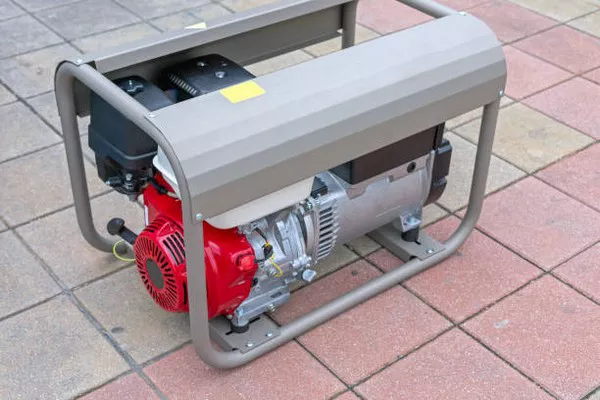What is Ozone and How Do Ozone Generators Work?
Ozone generators are devices designed to produce ozone gas, which is composed of three oxygen atoms (O3) as opposed to the usual two (O2). Ozone is naturally found in the Earth’s upper atmosphere where it plays a crucial role in protecting life from the sun’s harmful ultraviolet radiation. However, at ground level, ozone can be harmful to human health. Ozone generators work by either emitting ultraviolet light or using corona discharge to break apart oxygen molecules (O2) into individual oxygen atoms. These atoms can then combine with other oxygen molecules to form ozone.
Why Are Ozone Generators Used?
Ozone generators are often marketed as air purifiers and disinfectants, promising to eliminate odors, kill bacteria, and remove indoor air pollutants. They are used in various settings including homes, offices, hotels, and even in water purification systems. Proponents claim that ozone is an effective way to sanitize and deodorize indoor spaces without the use of chemicals. However, despite these claims, the use of ozone generators poses significant health risks.
Health Risks of Ozone Exposure
Exposure to ozone, even at relatively low levels, can have serious health consequences. When ozone is inhaled, it can irritate and damage the respiratory system. Short-term exposure to ozone can lead to coughing, chest pain, throat irritation, and shortness of breath. Prolonged or repeated exposure to ozone may result in more severe respiratory issues such as aggravation of asthma, increased susceptibility to respiratory infections, and permanent lung damage. Vulnerable populations such as children, the elderly, and individuals with pre-existing respiratory conditions are particularly at risk.
Indoor Air Quality Concerns
Despite claims that ozone generators can improve indoor air quality, they can actually worsen it by producing harmful byproducts. Ozone reacts with various substances found indoors, such as volatile organic compounds (VOCs) emitted from furniture, carpets, and cleaning products, to form secondary pollutants like formaldehyde and ultrafine particles. These byproducts can be more harmful than the original indoor air contaminants. Therefore, instead of purifying the air, ozone generators can contribute to a more toxic indoor environment.
Regulatory Issues and Safety Guidelines
Due to the health risks associated with ozone generators, regulatory agencies like the U.S. Environmental Protection Agency (EPA) have issued warnings against their use. The EPA has set a limit for ozone exposure at 0.070 parts per million (ppm) over an 8-hour period to protect public health. However, many ozone generators produce ozone levels far exceeding this limit. Moreover, some manufacturers market ozone generators as “safe” or “chemical-free” without adequate scientific evidence to support these claims. This has led to confusion among consumers and calls for stricter regulations on the sale and use of ozone-generating devices.
Potential Long-term Effects
Beyond immediate health risks, there are concerns about the potential long-term effects of regular exposure to ozone. Chronic exposure to ozone has been linked to the development and exacerbation of respiratory diseases such as asthma, chronic obstructive pulmonary disease (COPD), and even cardiovascular problems. Additionally, there is evidence suggesting that ozone exposure may contribute to the formation of free radicals in the body, which can accelerate aging and increase the risk of certain cancers.
Alternatives to Ozone Generators
Given the dangers associated with ozone generators, it is important to explore safer alternatives for air purification and disinfection. High-efficiency particulate air (HEPA) filters, activated carbon filters, and ultraviolet germicidal irradiation (UVGI) are effective methods for removing airborne particles, allergens, and pathogens without producing harmful byproducts. These technologies have been extensively studied and are recommended by health authorities for improving indoor air quality without compromising human health.
See Also What Is Electric Generator? A Comprehensive Overview
Conclusion:
In conclusion, while ozone generators may appear to offer a convenient solution for indoor air purification and disinfection, their use poses serious risks to human health. Exposure to ozone can cause respiratory problems, worsen indoor air quality, and contribute to long-term health issues. Regulatory agencies and health authorities advise against the use of ozone generators in indoor environments. Safer alternatives such as HEPA filters and UVGI should be considered for air purification and disinfection to ensure clean indoor air without compromising the well-being of occupants. It is crucial for consumers to be informed about the potential hazards of ozone generators and to prioritize solutions that are effective and safe for indoor air quality management.

